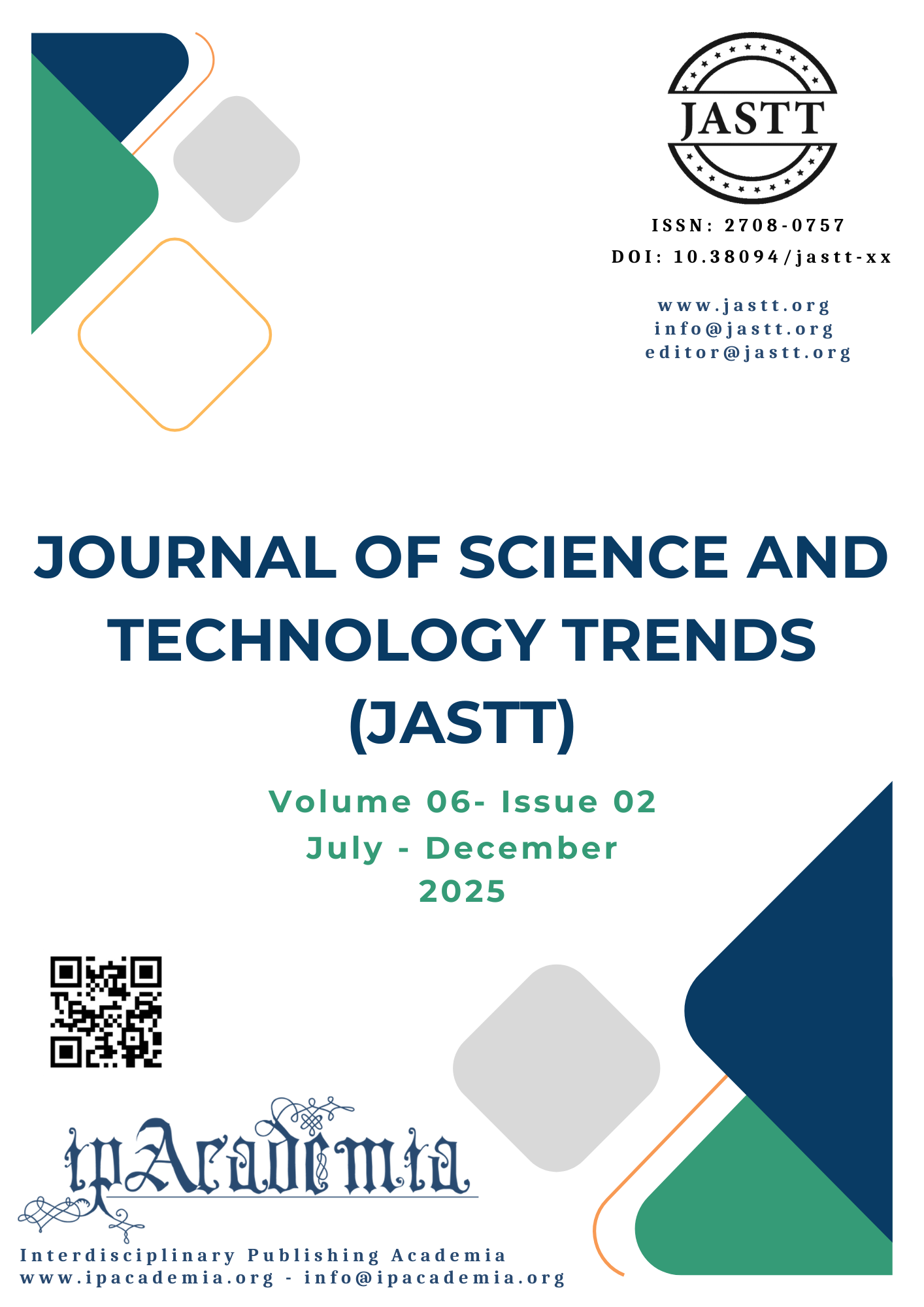Adaptive Federated Learning Empowered Wireless Localization Framework Using Vehicle Sensors

Abstract
Currently, wireless localization plays a vital role in supporting a wide range of tasks within smart cities. For example, vehicle tracking services are increasingly used in tunnels and bridges to detect objects and prevent collisions. Both indoor and outdoor localization are equally important for applications such as traffic management and vehicle positioning. However, existing localization techniques still face significant challenges, particularly with respect to accuracy, latency, and resource consumption. Addressing these limitations is therefore essential to ensure reliable and efficient operation in smart city environments. This study proposes an Adaptive Federated Learning–Enabled Wireless Localization Framework (ALFLS) designed specifically for mobility-based vehicle tasks. The novelty of ALFLS lies in its ability to apply pattern learning for both indoor and outdoor localization, leveraging federated learning to execute tasks while maintaining high quality of service. The framework also incorporates an optimized placement strategy for edge and cloud node resources, supported by a training algorithm that enhances real-time localization accuracy. To evaluate performance, experimental localization datasets were tested on a benchmark testbed, highlighting the practical benefits of ALFLS. The simulation results demonstrate that the framework improves localization accuracy by up to 98%, reduces latency by approximately 30%, and achieves significantly higher resource utilization compared to existing methods. These results confirm that ALFLS provides a robust, efficient, and scalable solution for addressing the persistent challenges of wireless localization in smart city environments.
Keywords
Federated learning, Wireless Localization Framework, global positioning system, Wearable Sensors, cloud, localization.
References
- Gracey-McMinn L, Loudon D, Chadwell A, Curtin S, Ostler C, Granat M. Using Wearable Sensors to Identify Home and Community-Based Movement Using Continuous and Straight-Line Stepping Time. Sensors 2025;25(16):4979.
- Jin T, Ye XW, Que WM, Wang MY. Automatic detection, localization, and quantification of structural cracks combining computer vision and crowd sensing technologies—Construction and Building Materials 2025;476:141150.
- Anand B, Rajalakshmi P. System For Object Georeferencing, Speed and Heading Detection using LiDAR-INS/GNSS Mounted on a Mobile Vehicle. IEEE Journal of Emerging and Selected Topics in Industrial Electronics 2025.
- Vishwas H, Ramesh T. Recent Trends in Localization, Routing, and Security for Wireless Sensor Networks. IEEE Access 2025.
- Egger PW, Srinivas GL, Brandstötter M. Real-Time Detection and Localization of Force on a Capacitive Elastomeric Sensor Array Using Image Processing and Machine Learning. Sensors 2025;25(10):3011.
- Lee SH, Cheng CH, Lu KH, Shiue YL, Huang YF. Performance of differential evolution algorithms for indoor area positioning in wireless sensor networks. Electronics 2024;13(4):705.
- Zhou N, Liu Q, Yang Y, Wu D, Gao G, Lei S, et al. An indoor positioning algorithm based on particle filter and neighbor-guided particle optimization for wireless sensor networks. IEEE Transactions on Instrumentation and Measurement 2023; 73:1–16.
- Souissi R, Ktata I, Sahnoun S, Fakhfakh A, Derbel F. Improved rssi distribution for indoor localization application based on real data measurements. In: 2024 21st International Multi-Conference on Systems, Signals & Devices (SSD) IEEE; 2024. p. 486–491.
- Ahmad NS. Recent Advances in WSN-based Indoor Localization: A Systematic review of emerging technologies, methods, challenges, and trends. IEEE Access 2024.
- Wang S, Ahmad NS. A Comprehensive Review on Sensor Fusion Techniques for Localization of a Dynamic Target in GPS-Denied Environments. IEEE Access 2024.
- Yapar, Ç., Levie, R., Kutyniok, G., & Caire, G. (2023). Real-time outdoor localization using radio maps: A deep learning approach. IEEE Transactions on Wireless Communications, 22(12), 9703-9717.
- Dong, H., Chen, X., Särkkä, S., & Stachniss, C. (2023). Online pole segmentation on range images for long-term LiDAR localization in urban environments. Robotics and Autonomous Systems, 159, 104283.
- Chen, C., Wang, B., Lu, C. X., Trigoni, N., & Markham, A. (2023). Deep learning for visual localization and mapping: A survey. IEEE Transactions on Neural Networks and Learning Systems.
- Rathnayake, R. M. M. R., Maduranga, M. W. P., Tilwari, V., & Dissanayake, M. B. (2023). RSSI and machine learning-based indoor localization systems for smart cities. Eng, 4(2), 1468-1494.
- Abdulkareem, K. H., Zebari, D. A., Nedoma, J., Martinek, R., & Garcia-Zapirain, B. (2023). Homomorphic federated learning schemes enabled pedestrian and vehicle detection system. Internet of Things, 23, 100903.
- Younas, M. (2023, August). RSITS: road safety intelligent transport system in deep federated learning assisted fog cloud networks. In International Conference on Mobile Web and Intelligent Information Systems (pp. 20-37). Cham: Springer Nature Switzerland.
- T. M., Bellavista, P., Memon, S., Alharby, M., & Thinnukool, O. (2024). IoT workload offloading efficient intelligent transport system in federated ACNN integrated cooperated edge-cloud networks. Journal of Cloud Computing, 13(1), 79.
- Abdulkareem, K. H., Abd Ghani, M. K., Marhoon, H. A., Nedoma, J., & Martinek, R. (2023). Multi-objectives reinforcement federated learning blockchain enabled Internet of things and Fog-Cloud infrastructure for transport data. Heliyon, 9(11).
- M. A., Kadry, S., AlQahtani, S. A., Maashi, M. S., & Abdulkareem, K. H. (2022). Federated learning-aware multi-objective modeling and blockchain-enable system for IIoT applications. Computers and Electrical Engineering, 100, 107839.
- Ahmed, H. A., Jasim, H. M., Gatea, A. N., Al-Asadi, A. A. A., & Al-Asadi, H. A. A. (2024). A secure and efficient blockchain enabled federated Q-learning model for vehicular Ad-hoc networks. Scientific Reports, 14(1), 31235.
